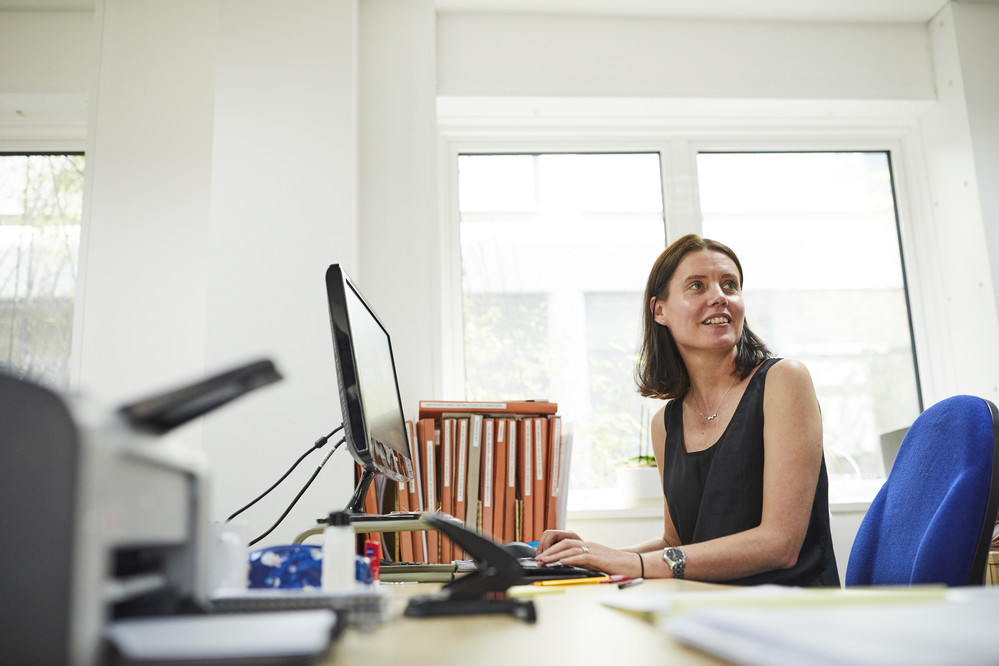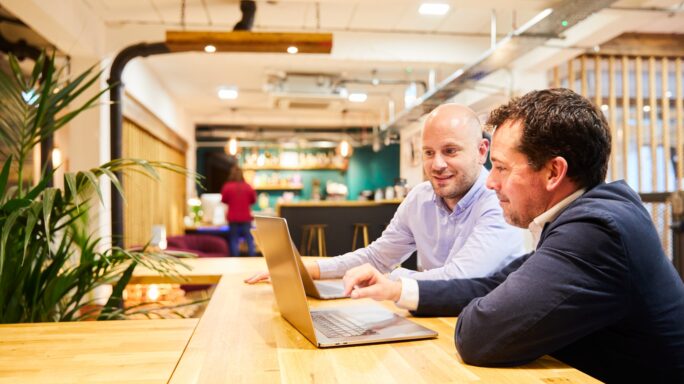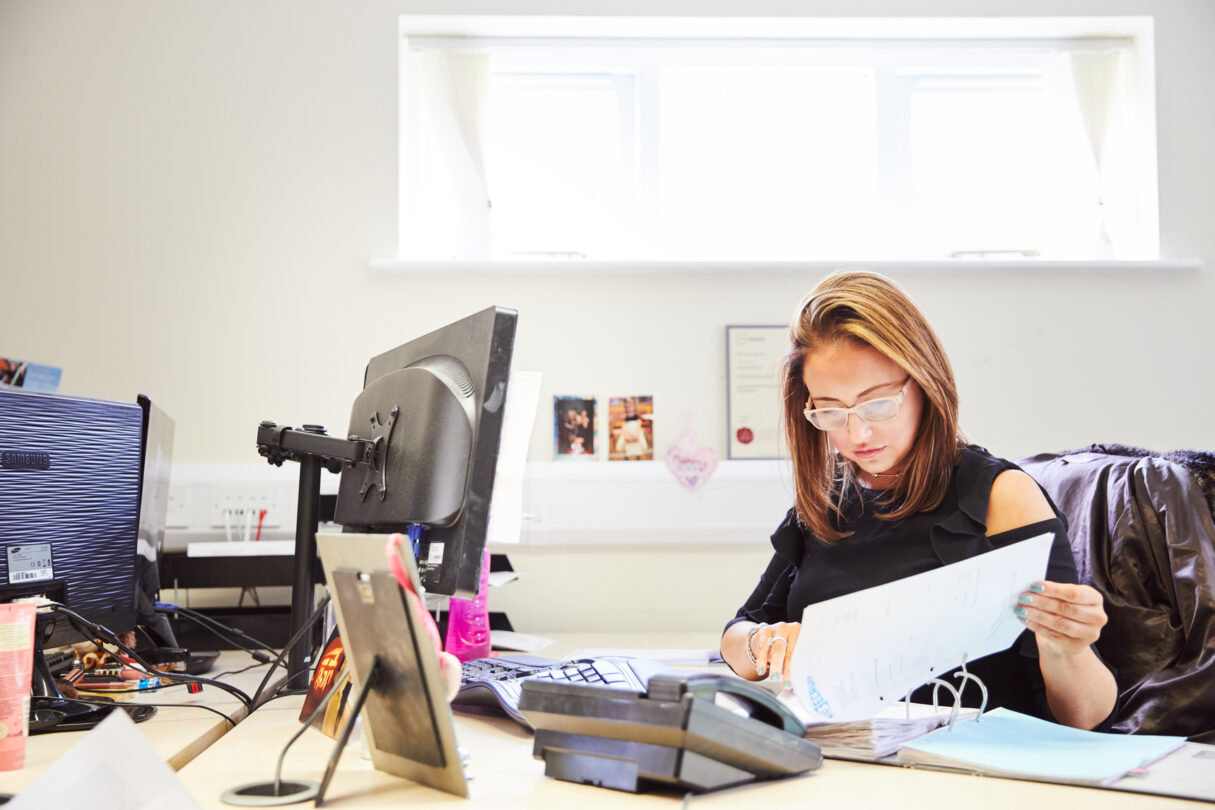People & Leadership
How accountancy practices can prepare as lockdown restrictions ease
With lockdown restrictions easing, start prepping now to ensure your accountancy practice transitions smoothly and safely back to the office.

As lockdown restrictions continue to ease over the next few months, we can finally see light at the end of the tunnel.
It also means deciding what safe and effective work arrangements will look like for your accountancy practice as life opens up again.
By taking the opportunity to prepare now, you’ll create the best outcome for everyone.
In this article we run through the factors you need to consider before reopening your office, and help you to create a plan for how your practice will transition out of the lockdown restrictions.
Here’s what it covers:
Planning a return to the office
Communicating changes with employees
Planning a return to the office
Based on the current England roadmap, your employees who can work from home should continue to do so until at least late June 2021 (the timetable varies for the rest of the UK).
Remember the timetables set out for easing lockdown restrictions are also subject to change, possibly with little notice.
So it’s important to lay out a plan for returning to the office that is flexible and up to date with any government changes.
Answering the following questions will help you to plan for an effective return to the office:
- Are there any roles that you should prioritise for return to the office?
- What are safe occupancy levels for the office to maintain social distancing?
- Which employees will need to remain working from home in the short term? E.g. those who are vulnerable.
- How will staff be travelling to the office? Do you need to consider providing additional parking, bike racks, etc, to help people avoid using public transport?
- Can you avoid congestion by increasing entry points or staggering arrival and departure times?
Creating a safe workplace
Your biggest priority before returning to the workplace is to set up a safe space that’s in line with government guidelines.
Coronavirus (COVID-19) is a hazard, and needs to be managed in the same way as other workplace hazards.
To identify and understand how to mitigate these hazards, you should carry out the Health and Safety Executive (HSE) COVID-19 risk assessment.
If your office has been closed for a long period of time, consider carrying out a deep clean before you reopen. Review your regular cleaning arrangements too and update where necessary, such as the enhanced cleaning of busy areas.
Ideally all employees will be stationed two metres apart, so you may need to change layouts to facilitate this.
In situations where it’s not possible to move workstations further apart, use screens to separate people, or arrange them to work side by side or facing away from each other, rather than face to face.
Social distancing applies to not only workstations but all areas, including break rooms, canteens and so on. So you may need to put down markings to create one way traffic flows.
Another way to relieve pressure on common areas is to minimise the number of clients visiting. Encourage all meetings to be done online unless absolutely necessary.
Good ventilation will also help reduce the risk of spreading coronavirus in your office. Check if the flow of fresh air through your building could be improved, such as by opening doors and windows.
The risk of air conditioning spreading coronavirus is very low if you have an adequate supply of fresh air and ventilation. For more info, read the HSE advice on ventilation and air conditioning.
Communicating changes with employees
To ensure your staff feel safe returning to the workplace and can follow the guidelines you’ve put in place, set up a re-orientation process for every returning employee.
Have managers organise one-to-one meetings to discuss the changes in workplace setup and procedures, as well as ongoing support to enable everyone’s successful return to work.
You’ll also need to create an office-based work schedule so everyone is aware of who is in the office and when. You could give employees full control to set their own schedule, which provides a lot of flexibility but may cause competition for available space.
Or you could opt for a more fixed schedule where employees work certain days on a regular basis. This provides high predictability but low flexibility.
Be prepared for some employees to be required to self-isolate for 10 days, either because they develop symptoms or come in close contact with someone who tested positive.
It’s important to give everyone clear guidance on who to speak to if they are feeling sick or are unsure if they need to self-isolate.
Any person needing to isolate will need to come to a mutual agreement with their manager as to whether they can and should continue to work while in isolation. This also needs to be communicated with the rest of the team as it will impact others workloads.
Planning for hybrid working
While social distancing continues to be necessary, you’ll need to plan for a mix of home and office-based working in the short term.
This means ensuring processes support all employees. Encourage regular one-to-one meetings for managers and their team members to monitor wellbeing and reduce feelings of isolation for people at home.
Additionally, if your practice has an Employee Assistance Programme, make staff aware of the services they can provide to help with any mental health impacts of coronavirus.
Clear communication is vital to make sure everyone receives key messages, whether they are in the office or at home.
The HR professional body CIPD shares these tips for effective hybrid team communication:
- Hold meetings online by default, to help ensure each attendee has a consistent experience.
- Encourage teams to establish their own principles e.g. how often they will meet physically.
- Make sure a variety of communication tools such as chat functions in Slack, Microsoft Teams, etc are available to allow people flexible ways to communicate. This will reduce online video meeting fatigue caused by constant meetings.
- Build in regular social opportunities to encourage team building.
Planning for the long term
Overall, it seems the experience of working from home during lockdown has driven up demand, and hybrid working is here to stay.
A YouGov survey of British workers found that, going forward, 57% want to work from home at least some of the time.
With the speedy switch to full-time working from home at the start of the pandemic, you may find some processes aren’t running as smoothly as they could be.
Consider how technology is impacting your remote working success.
For example, does your current software support going paperless? Could you benefit from cloud computing?
Make sure to keep having open conversations with employees where they can communicate their needs. They will provide valuable information to help you determine your long-term plan.
Helpful questions to ask your employees include:
- What challenges have you faced when working remotely?
- What benefits have you experienced?
- What impacts have the changes had on your life?
By reviewing both the past successes and challenges of working from home through lockdown, you can use these lessons to shape a great future for your practice.
Final thoughts
With lockdown restrictions easing throughout this year, you’re looking at a gradual return to the workplace that is far from a return to ‘normal’.
Open communication about your intended plans is the key to providing some security to your staff during a period of continuing uncertainty.
Knowing that health and safety is your priority will be vital to the wellbeing of everyone in your practice.
Managing uncertainty
Get some top tips to help you create business continuity plans that will keep your company moving during uncertain times.








Ask the author a question or share your advice